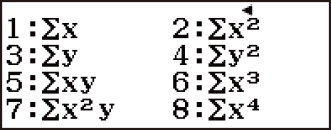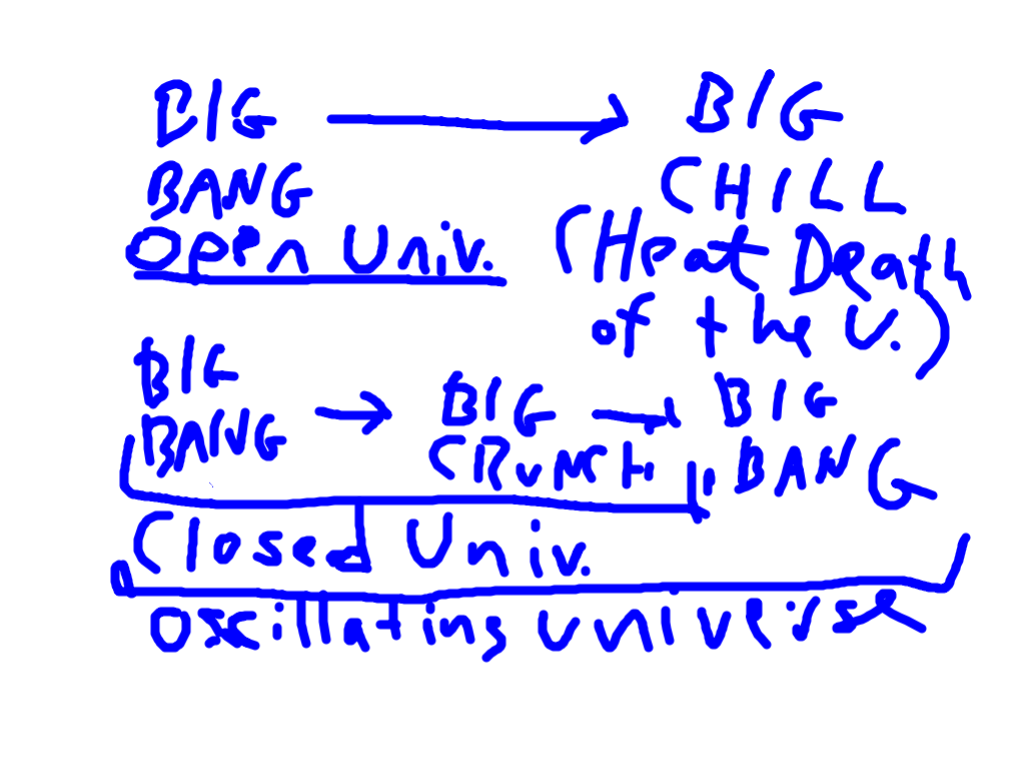

Results: Primary odds fade, but secondary and especially tertiary shine. The release is low, but he needs little room to get it off and has enough 1-2 release patterns to get there. He goes for the kill with his hit-ahead passes or finding cutters, which leads to some sloppy turnovers, but, when coupled with his nose for the ball, means Podziemski will pick up change wherever it comes loose.įinally, his pull-up three is legit. There is one type of game processing that is Chris Paul-like, setting up one play to set up the next, and then there is Podz’s sharklike approach, always advantage-seeking from all angles. However, Podziemski is armed with a mighty weapon to limit this downgrade against better competition: he plays really hard, and processes the game very quickly. Another reminder of the inherent uncertainty in percentages. 80-179 (45%) from three, 62-146 (42%) from midrange, 75-121 (62%) at the rim is tough to argue with, but 8-17 (47%) from three, 7-25 (28%) from midrange and 7-19 (37%) from close range is what he tallied against top-50 teams. Projecting that at the next level is tricky. Truly, Podz put up a historically efficient scoring season. He struggles to create much distance on his dribble moves, leading to forced tough angle floaters, but those still go in at decent rates. That is basically impossible to stop, especially if you are a team ranked in the 200-400 range.Īgainst better competition, the athletic limitations showed, as expected. His stats were heavily buoyed by, simply, never missing from three, where he took over half his shots and made over half of those attempts. Shooting at a 66% effective field goal percentage and 28% usage, he also maintained a 25% assist rate, 21% defensive rebound rate and 3% steal rate. But it was far from that.Īgainst bad competition, “Podz” did everything. Podziemski I thought was going to be an easy read, especially given the severity of decline, the single largest from overall comp to top-50 in our sample. I defined Whiteboard Prospects as having a certain set of traits decline against good competition, increase against bad competition:Īs long as these decline from all competition to games against top-100 teams, then again against top-50 teams, and are also on Swish Theory’s Big Board 1.0, they’re a Whiteboard Prospect.

As I watch this group, I seek to answer two questions:

Their top-end traits are obvious, but for that reason can be prepared for by the better opponents. This, first of two pieces, looks at what I’m calling Whiteboard prospects. “Green Flags Only” Prospects: those whose stats exceed certain thresholds regardless of level of competition.“Whiteboard” Prospects: those whose stats improve as they play worse competition, declining, then, against the top teams.In search for a method to the madness this cycle, I’m splitting my draft analysis pieces into three:
WHITEBOARD STATISTICAL CALCULATIONS PRO
Even if we have perfect data for a player’s prep and pro careers, the top draft prospects are typically aged 18-22, undergoing massive changes to their games and lives over the span of mere months, over and over in evolving environments and around new personnel.Ĭombing through that limited data, we search for narratives, precedents, guys that “just have it,” from a scout’s perspective. The sample for NBA draft prospects is tiny.


 0 kommentar(er)
0 kommentar(er)
